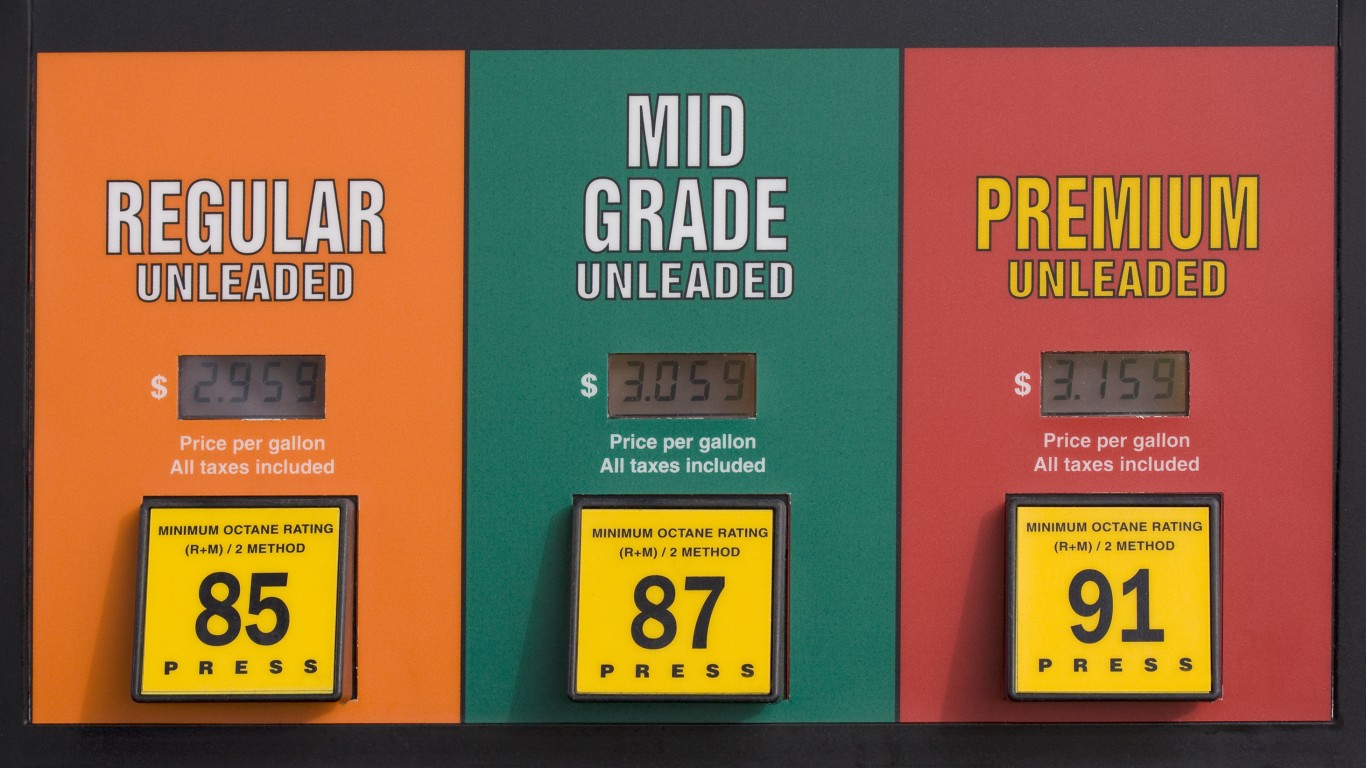
2017 has been a tough year for Exxon Mobil Corp. (NYSE: XOM). The stock has dropped 10.2% since the beginning of the year and the energy giant is one of just seven Dow stocks that are trading down for the year to date.
Range-bound crude oil prices rose about 1.2% last week to close at $54.02. For the year to date, crude prices are up just 0.5% from a beginning price of $53.75 a barrel.
Last Wednesday, Exxon cut its proved reserves total by 20% (3.3 billion barrels), including a 3.5 billion barrel writedown of the company’s Kearl project in Canada’s oil sands region.
The definition of a proved barrel is one that can be extracted with current technology and produce a profit at current prices. Oil companies’ proved reserves are their main assets and the single most important item that determines their borrowing rate.
A barrel that has to stay in the ground would ideally increase in value over time as prices rise and costs come down. What is worrying to producers is that advances in renewable technology will proceed more quickly and the long-term value of barrels left in the ground now won’t ever rise. The commonly used term for this new phenomenon is “peak demand,” the obverse of what was called “peak oil” a decade ago.
Costs to produce a barrel of oil from Canada’s oil sands are among the highest in the world and crude prices of $50 to $55 a barrel are barely profitable. Only about 20% of the total oil sands resource is profitable at today’s crude prices, but leaving the stuff in the ground means that the billions Exxon and other oil giants invested in the oil sands is dead money.
Exxon’s shares closed at $81.08 on Friday, down about 0.9% for the day in a 52-week range of $80.05 to $95.55. The consensus 12-month price target is $88.57, in a range of $72 to $105 per share.
It’s Your Money, Your Future—Own It (sponsor)
Are you ahead, or behind on retirement? For families with more than $500,000 saved for retirement, finding a financial advisor who puts your interest first can be the difference, and today it’s easier than ever. SmartAsset’s free tool matches you with up to three fiduciary financial advisors who serve your area in minutes. Each advisor has been carefully vetted and must act in your best interests. Start your search now.
If you’ve saved and built a substantial nest egg for you and your family, don’t delay; get started right here and help your retirement dreams become a retirement reality.
Thank you for reading! Have some feedback for us?
Contact the 24/7 Wall St. editorial team.




